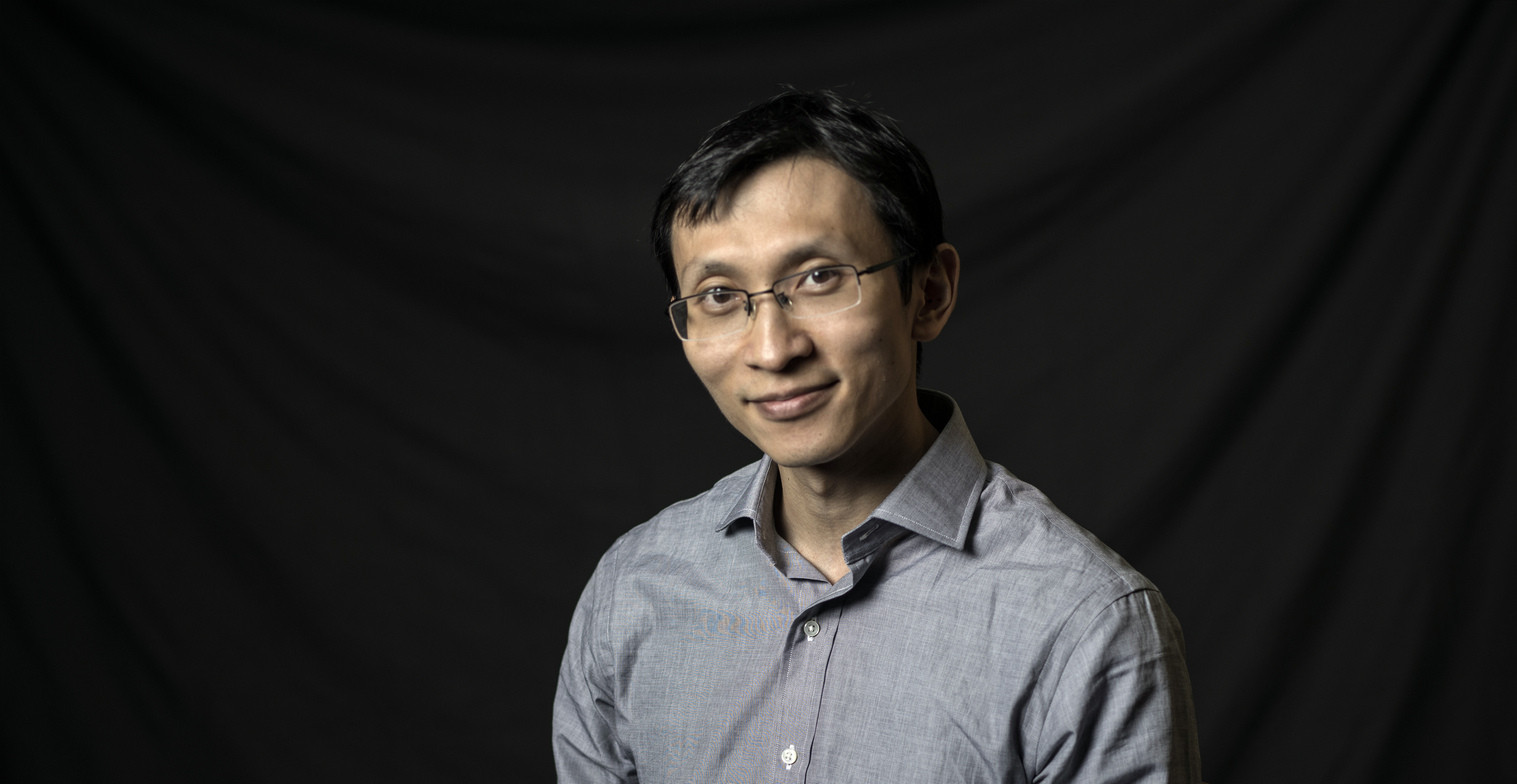
Xin (Shane) Li Envisions a New Computer-Powered Era in Forensic Reconstruction
Content Provided by our sponsor: TEDxLSU.![]()

LSU computer engineering professor Xin (Shane) Li is leveraging the power of computer graphics and artificial intelligence to advance the field of forensic science. As the head of the Geometric and Visual Computing Group at LSU, he works with his team to develop and apply 3D visual data processing and analysis technologies to various forensic, medical and health tasks.
Through his work with the LSU Forensic Anthropology and Computer Enhancement Services (FACES) Laboratory, Xin strives to digitally restore human skulls and reconstruct faces of unidentified bodies to help forensic investigations. A native of China and graduate of SUNY Stonybrook, he joined the LSU faculty in 2008 and today is an associate professor jointly in the Division of Electrical & Computer Engineering and the Center for Computation & Technology. Xin also serves as an adjunct professor at the Pennington Biomedical Research Center.
|
|
We recently sat down with Xin to discuss his work and life. Read some highlights of the conversation below.
What are some problems you hope to solve with computers?
We are building a program to help forensic anthropologists reconstruct a face from a skull to help identify a body. Currently, this is done manually by forensic anthropologists and it usually takes several days to finish a reconstruction of a skull. When we convert everything into digital environments, this can be done more objectively and in a more efficient way. In our developed platform, the computers can restore damaged or fragmented skulls, assess the skull’s ancestry, and do facial reconstruction.
Are forensic science shows like Bones close to reality?
Well, currently reconstructions are actually done manually. It’s not like the show where everything is already automatic. We are actually trying to make that a reality.
What are some of your favorite projects you’ve worked on?
There are quite a few. Beside the forensic reconstruction, we also worked on various robotic, medical, and engineering projects. We built prototype iRobots carrying cameras
serving as their eyes to navigate around an unknown indoor environment and automatically reconstruct the floor plan. We collaborated with medical doctors to build the image-guided lung tumor motion tracking system, which could be used to help the next generation of lung cancer radiotherapy treatment. We helped scientists from USDA to develop image-based computerized cotton Barre classification and grading. We also worked with civil engineers to reconstruct flood hydrographs for Hurricane Harvey using images from various media sources.
You mentioned that you play ping pong and belong to a ping pong club – can you tell us more about it?
In China in the 80s and 90s, everyone played table tennis on a stone table, but having a lot of fun playing it on a stone table. About four years ago we got a ping pong table in the LSU CCT Center and I had the chance to play again occasionally some Friday afternoons. Then I went to the Baton Rouge Table Tennis Club and started more serious practice. Now, I play weekly and get ranked in tournaments.
How do you collaborate successfully with people with different specialties?
This usually starts from casual discussions. We need to learn a little bit about the background. Then, we try to translate those domain languages into mathematical models that computer scientists are familiar with. Computer programs can develop from there.
Why are you interested in visual computing?
These techniques allow us to digitally model and analyze our surrounding physical world. This is often the first step to convert the scenes or objects from our physical worlds into digital representations that can be recognizable by the computers. These techniques are very applied and are changing our daily life by making many things easier.
If you weren’t doing this career, what would you be doing?
I think I always wanted to be a computer scientist, so I never thought about it before. Even when I was a kid, I was really interested in this, so probably still some computer science-related thing.
To learn more about Xin or about TEDxLSU 2018, follow TEDxLSU on Facebook, Twitter, and Instagram. Reserve your seat now to listen to his talk, as well as the talks of all of the other TEDxLSU 2018 speakers.
|
|
|
